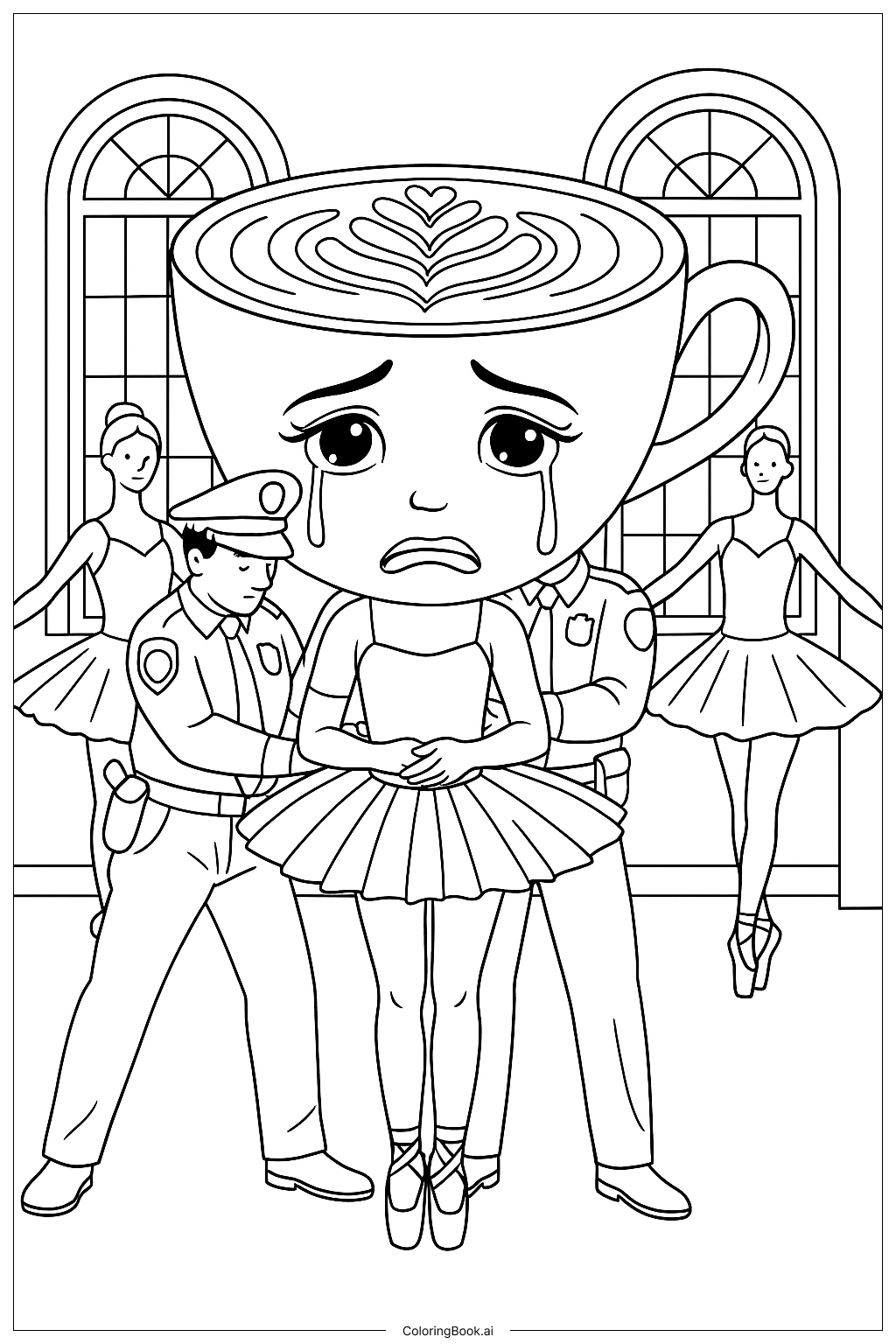Coloring tips: How to color Lirilì Larilà Standing coloring page well?
Use green shades to color the cactus parts, like dark green and light green for contrast. Color the elephant's head with gray tones to make it look like a real elephant. The sandals can be bright colors like red or blue to stand out. For the background, use warm desert colors such as sandy yellow or light brown. You can add shadows to the thorns and rocks to create depth and make the picture more lively.
Coloring challenges: Which parts are difficult to color and need attention for Lirilì Larilà Standing coloring page?
1. The many sharp spines on the cactus body and legs need careful coloring to avoid going outside the lines. 2. The elephant's head has detailed lines and wrinkles, which need attention to keep the shading natural. 3. Coloring the sandals involves small areas like straps and toes, which requires precision. 4. Balancing colors between the cactus and elephant parts is tricky because they are very different. 5. The background has small cacti and rocks that need careful coloring to add realism without making it too crowded.
Benefits of coloring books: Advantages of drawing Lirilì Larilà Standing coloring page
Coloring this image helps improve hand-eye coordination by practicing staying within detailed lines. It encourages creativity by mixing colors on nature and animals in a unique way. The different textures like smooth elephant skin and spiky cactus teach kids how to use shading and coloring techniques. It also enhances focus and patience due to the intricate details. Overall, it's a fun way to learn about combining imagination with art skills.








